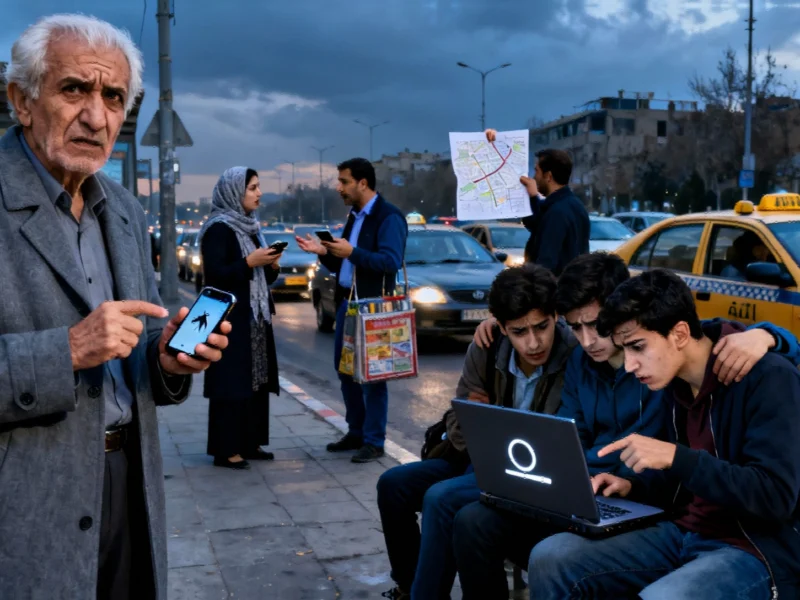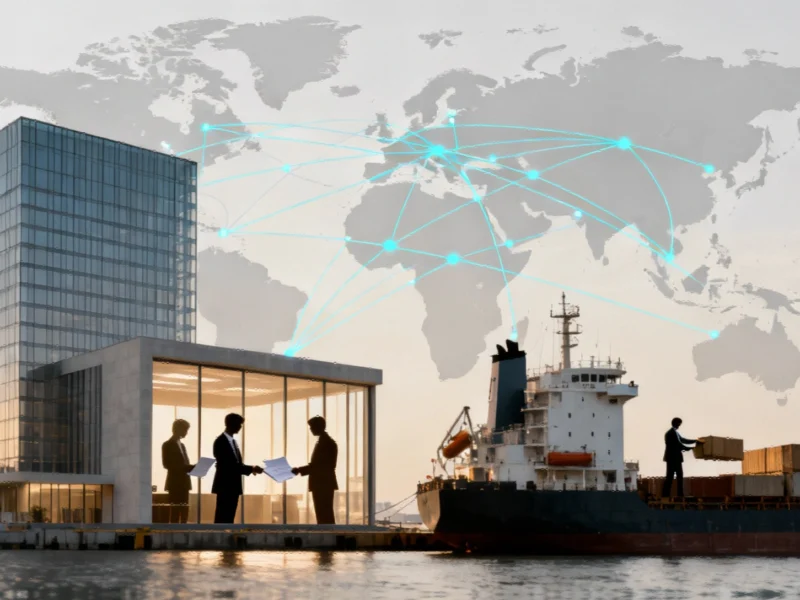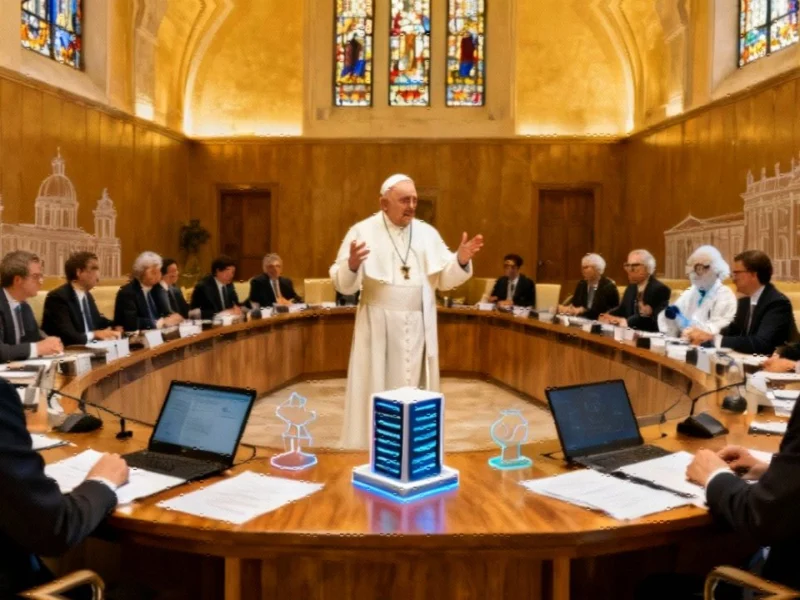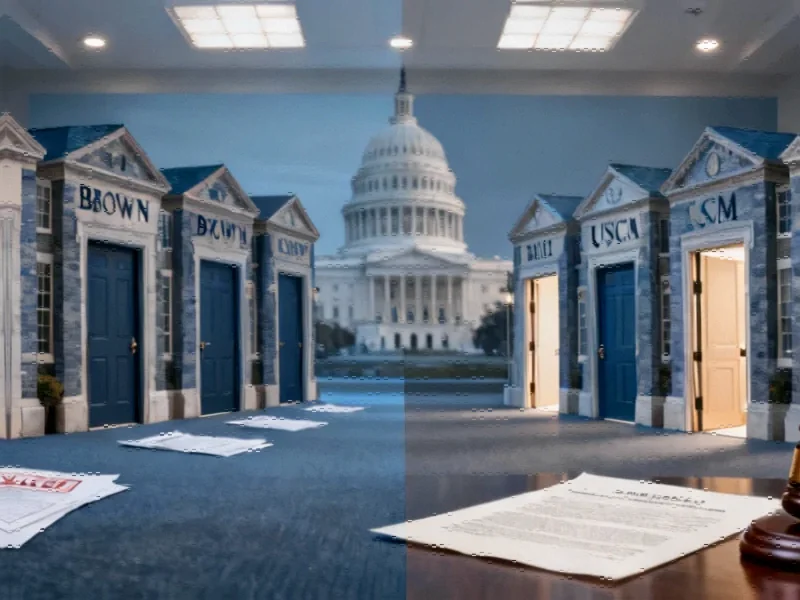Post-War Internet Restrictions Continue in Iran
Iran maintains significant internet restrictions months after its June conflict with Israel, despite technically lifting the initial blackout, according to digital rights experts and local reports. The measures include slowed connection speeds, curtailed online traffic, and jammed geolocation services that have transformed simple daily tasks into hours-long challenges for ordinary citizens.
Security Justifications and Practical Impacts
Iranian authorities have defended the restrictions as necessary security measures. Information Minister Sattar Hashemi publicly acknowledged GPS jamming, stating it was intended to prevent Israeli drone operations. The news agency Tasnim, linked to Iran’s Revolutionary Guard, published articles supporting internet limitations as wartime defenses. However, analysts suggest these measures have had profound effects on civilian life, with residents reporting difficulties with navigation, transportation, and online payments.
Digital Rights Concerns Escalate
Digital rights organizations report the restrictions appear increasingly permanent. Amir Rashidi of the Miaan Group stated in their cyber threat intelligence report that Iran’s internet controls have worsened with each shutdown cycle. The monitoring group Filter Watch documented how the June restrictions included blocking international calls and messaging platforms, effectively severing communication with the outside world.
Economic Consequences Mount
The digital crackdown has exacerbated Iran’s existing economic crisis, with businesses struggling to maintain operations. Sources indicate that employees at some companies have reverted to manual inventory checks instead of relying on crippled online systems. In August, 100 companies jointly demanded the government lift restrictions, prompting authorities to implement a “tiered internet” system that provides faster access to businesses, academics, and journalists while limiting general users.
Shift Toward Domestic Internet Model
Analysts suggest the restrictions have accelerated Iran’s long-term goal of creating a controlled internet environment similar to China’s model. The blocking of international platforms like WhatsApp during the conflict forced users toward domestic alternatives such as Bale messaging, which digital rights advocates warn may be subject to government surveillance. Fereidoon Bashar of tech firm ASL19 stated that Iran’s “entire goal for decades now was to isolate people as much as possible onto the domestic network.”
Technical Workarounds Diminish
Previously widespread VPN usage has been significantly curtailed, according to reports from Tehran-based tech entrepreneurs. While some VPN access has been restored since June, experts note that many available options are now domestically produced platforms potentially vulnerable to monitoring. Tech expert Saeed Souzangar described connecting with “immense difficulty,” indicating that even technical professionals face substantial barriers to unrestricted internet access.
International Context and Future Outlook
The internet restrictions occur alongside renewed United Nations sanctions on Iran’s nuclear program, further isolating the country. Digital rights monitors warn that the measures are gradually becoming institutionalized, with Rashidi noting “this is the new norm” for Iranian internet policy. The situation reflects broader global trends in internet governance while creating unprecedented challenges for Iranian citizens and businesses navigating both economic hardship and digital isolation.
This article aggregates information from publicly available sources. All trademarks and copyrights belong to their respective owners.



